Swarms of giant crickets that resemble fat grasshoppers and leave a foul smell have been spotted in a third state after previously invading Nevada and Utah in “Biblical” proportions.
The Mormon crickets have been found across highways in Dubois, Blackfoot, and other areas in eastern Idaho – where local residents have seen the insects land on buildings, cars, houses and roads in the thousands.
What Are Mormon Crickets?
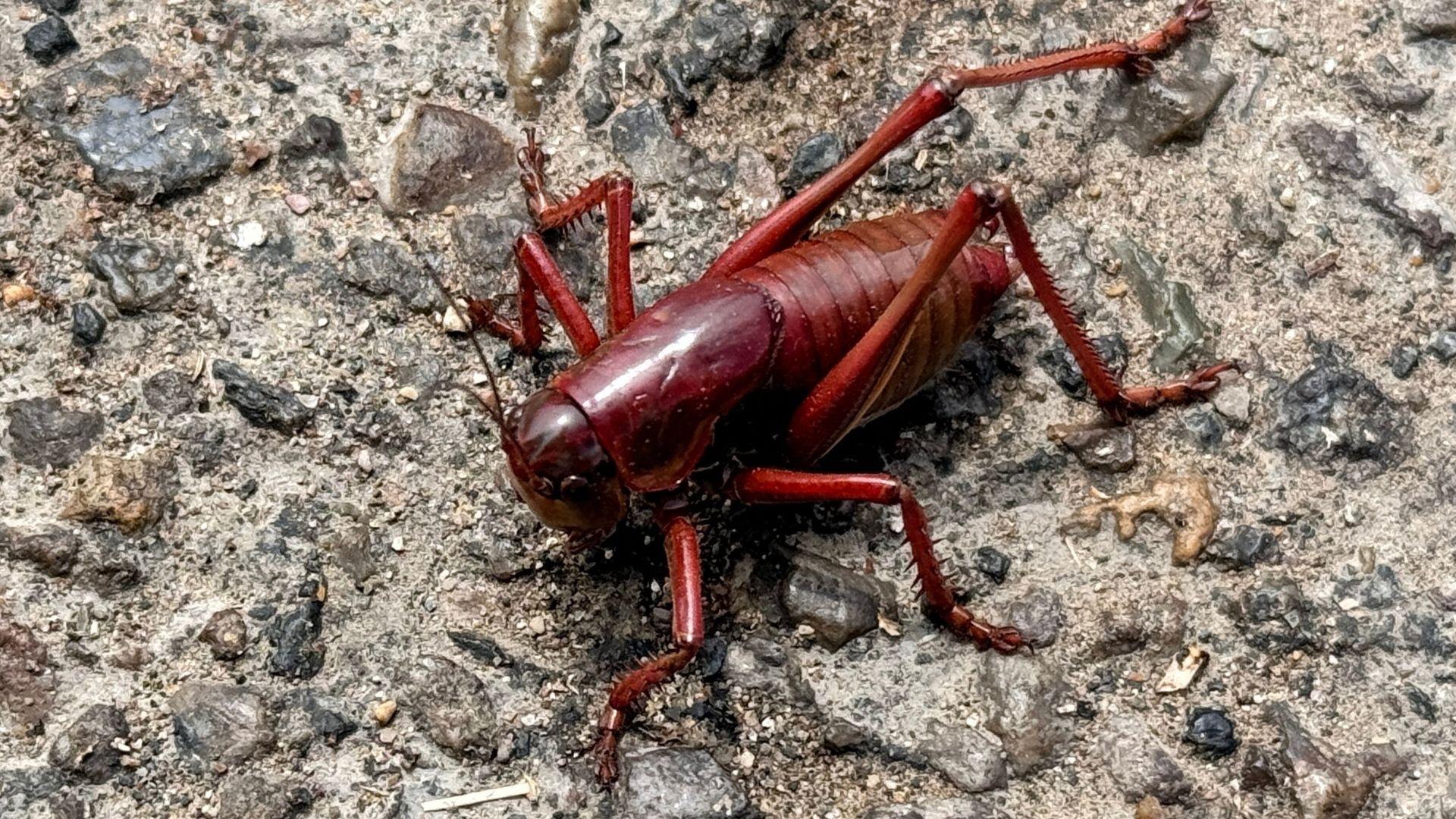
The Mormon crickets more closely resemble large grasshoppers than they do traditional crickets. Measuring two inches long, they are known to leave a foul smell.
Their name stems from the species’ 1848 outbreak in the heavily Mormon state of Utah. They are known to gather in the thousands, blanketing the ground and the walls, and destroying crops.
Mormon Crickets Travel Large Distance
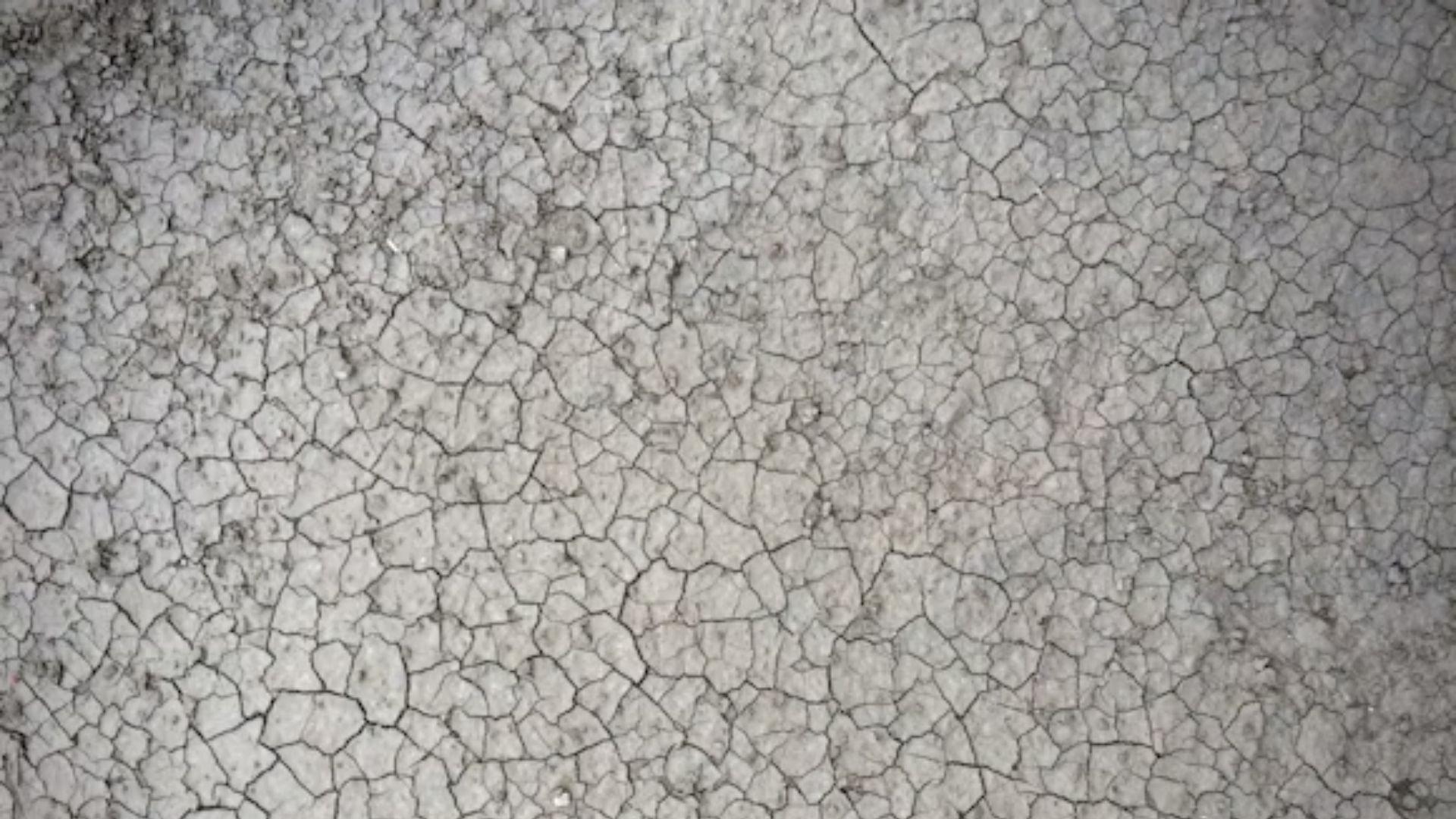
Though they cannot fly, Mormon crickets are known to travel long distances by foot. _“_They lay eggs in the ground, hatch and just keep moving and moving,” said Agriculture specialist Ron Patterson
Mormon crickets are known to eat shrubs, grass, fruit trees and more; posing a risk to farmers’ crops. Nevadan Cynthia Shedd told ABC that in affected areas “it makes it so that people don’t want to go out.”
Locals Freaked Out By “Biblical” Invasion

Many have described the cricket invasion as “biblical,” with scenes of roads, windows, and walls blanketed with the 2-inch insects. “When we looked out here the whole wall was just covered. That really, really freaked me out,” said one impacted local.
Meanwhile, another person impacted by the outbreak said, “They cover our homes, buildings, and when run over will bloody our roads and leave a horrible smell from sitting in the hot summer sun!”
Warnings Intensify

Drought conditions are believed to be a cause of Mormon cricket outbreaks. The California-Nevada dry season is intensifying Nevada’s ongoing outbreak, and the crickets are likely to cause damage to the local environment.
Researchers at the University of Nevada said, “In large numbers, their feeding can contribute to soil erosion, poor water quality, nutrient depleted soils, and potentially cause damage to range and cropland ecosystems.”
Mormon Crickets Are Here To Stay
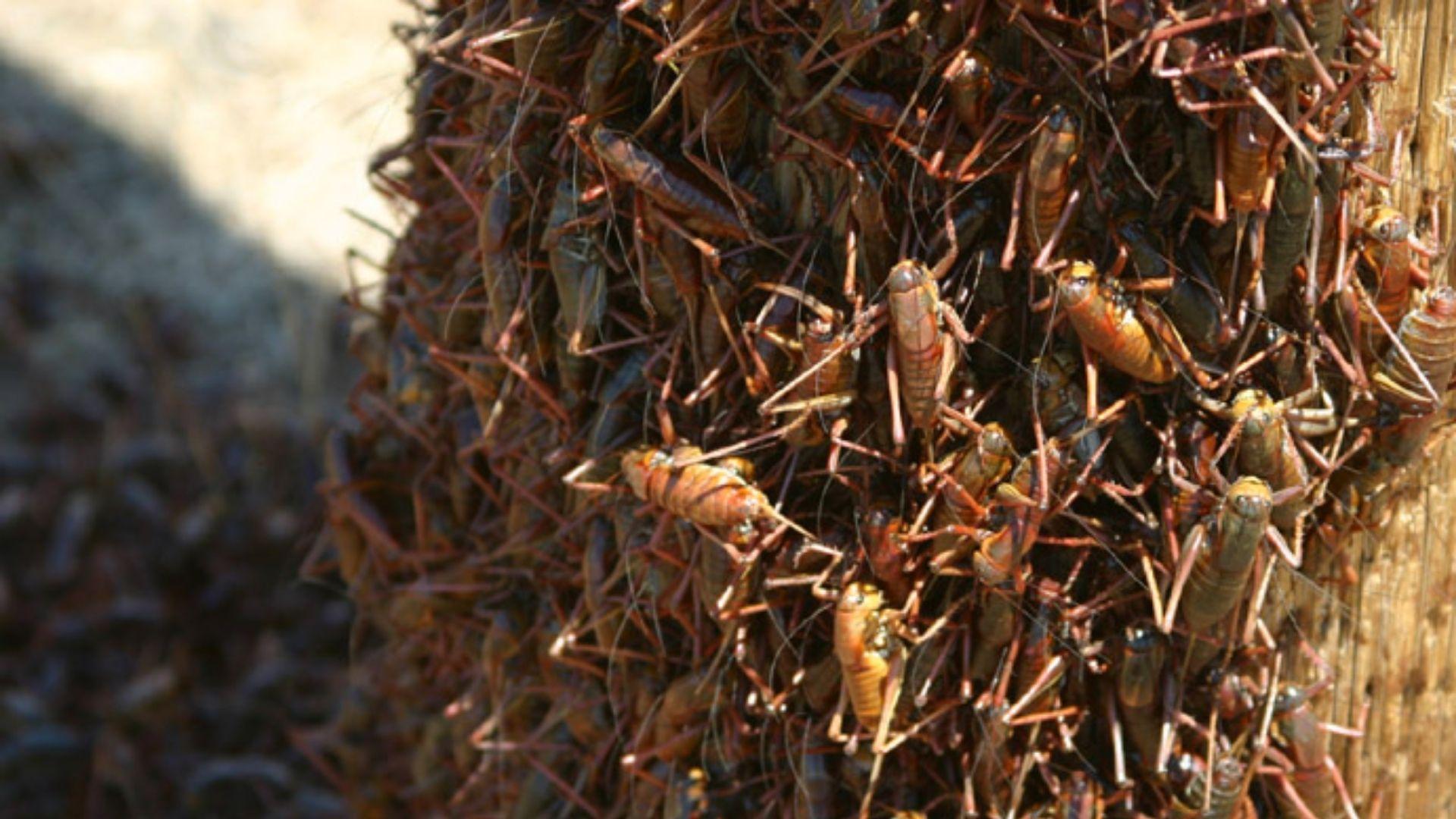
There’s not a massive amount residents can do to get rid of Mormon crickets, and unfortunately for them, the species are here to stay. Outbreaks traditionally last between 5-21 years.
However, landowners are recommended to use an aerial spray of the insecticide diflubenzuron. Meanwhile, some Western states, like Oregon, have dedicated millions over the years to suppress the cricket’s population.
Crickets Cause Accidents
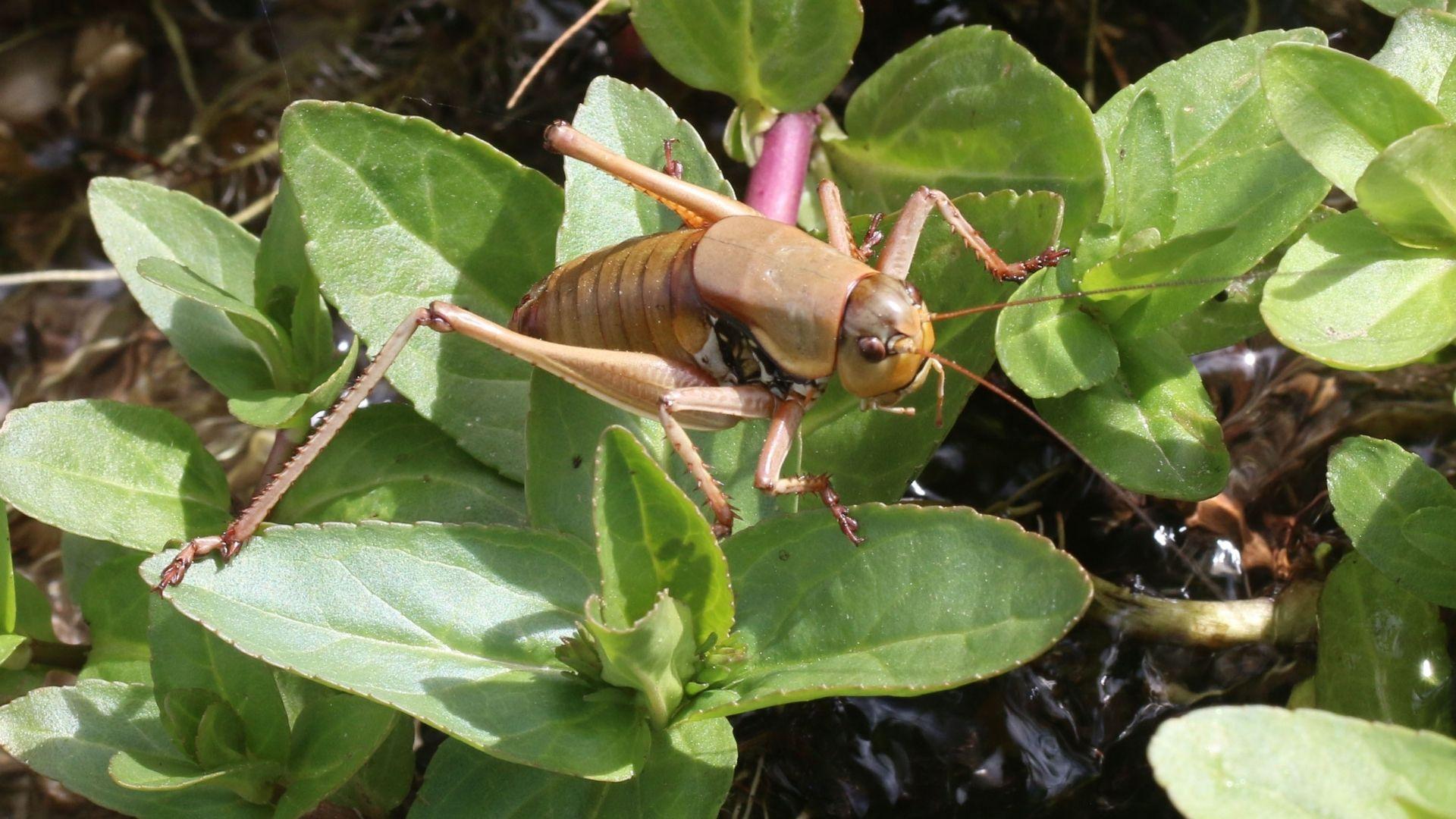
A grim combination of squished cricket guts and rain has led to accidents on roads in Nevada. The Eureka County Sheriff’s Office said the combination has made roads “EXTREMELY slick and unpredictable.”
On one Saturday alone, the crickets’ sludge led to multiple car accidents in Eureka, Nevada – with police and fire services responding to the incidents.
Crickets Lead To Surprise Celebration

Nevadans Cynthia Shedd and Katherine Kelly were inspired by the Mormon cricket invasion to create CricketCon – a local celebration designed to counter locals’ pessimism about the bugs.
Held on June 14th, CricketCon included cricket-inspired headbands and a cricket-eating event that raised money for charity. “We had such a hoppin’ time with all you amazing people!”, read the CricketCon event page.
More Bad Bug News: Cicadas
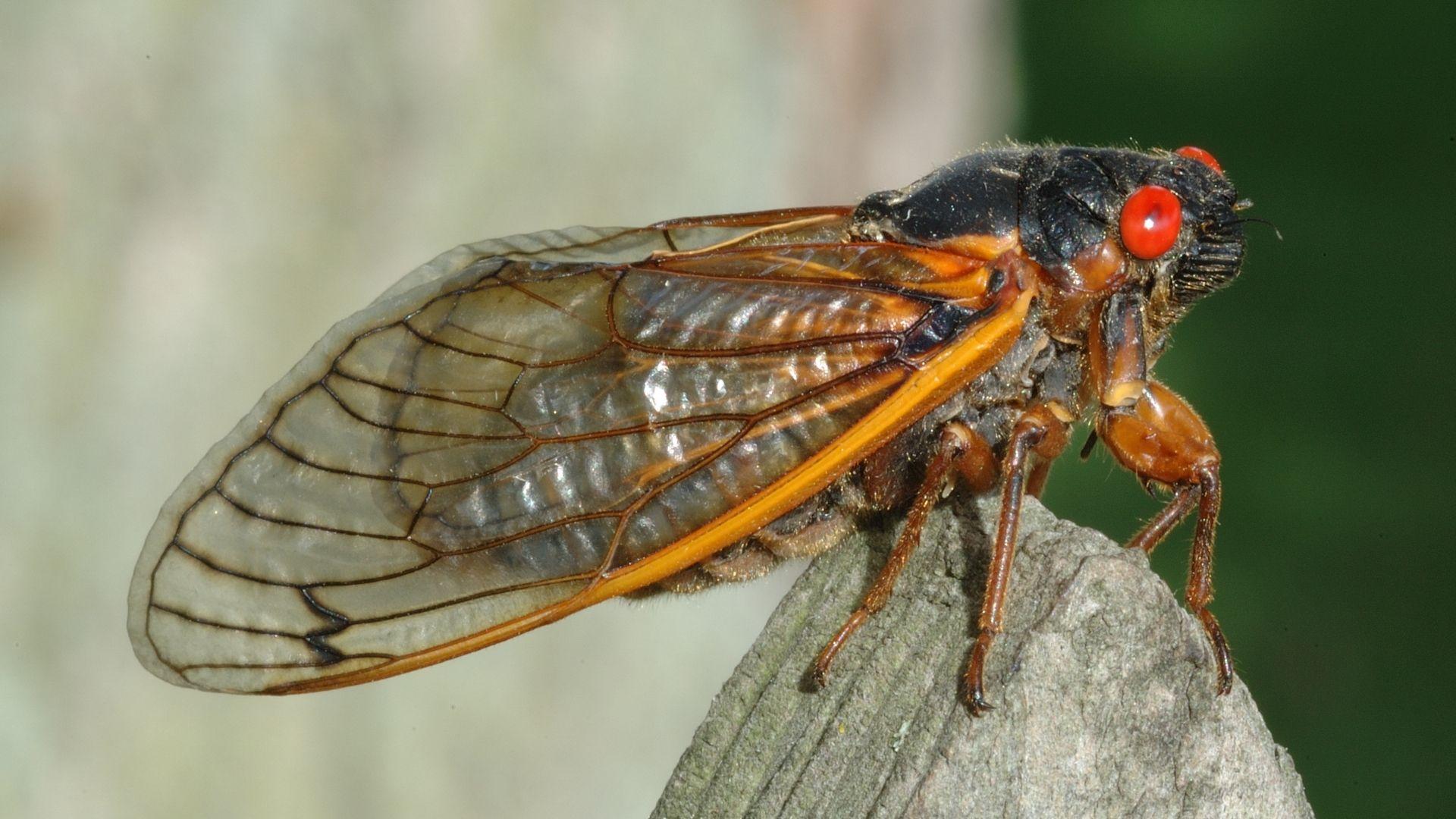
It’s been a bad year for those afraid of bugs – with the rare simultaneous emergence of two cicada broods in parts of America.
However, there should be no crossover between those suffering from the cicada bloom and the Mormon Cricket outbreak, with the cicadas sticking to the American Midwest and Southeast.
A Busy Bugs Month
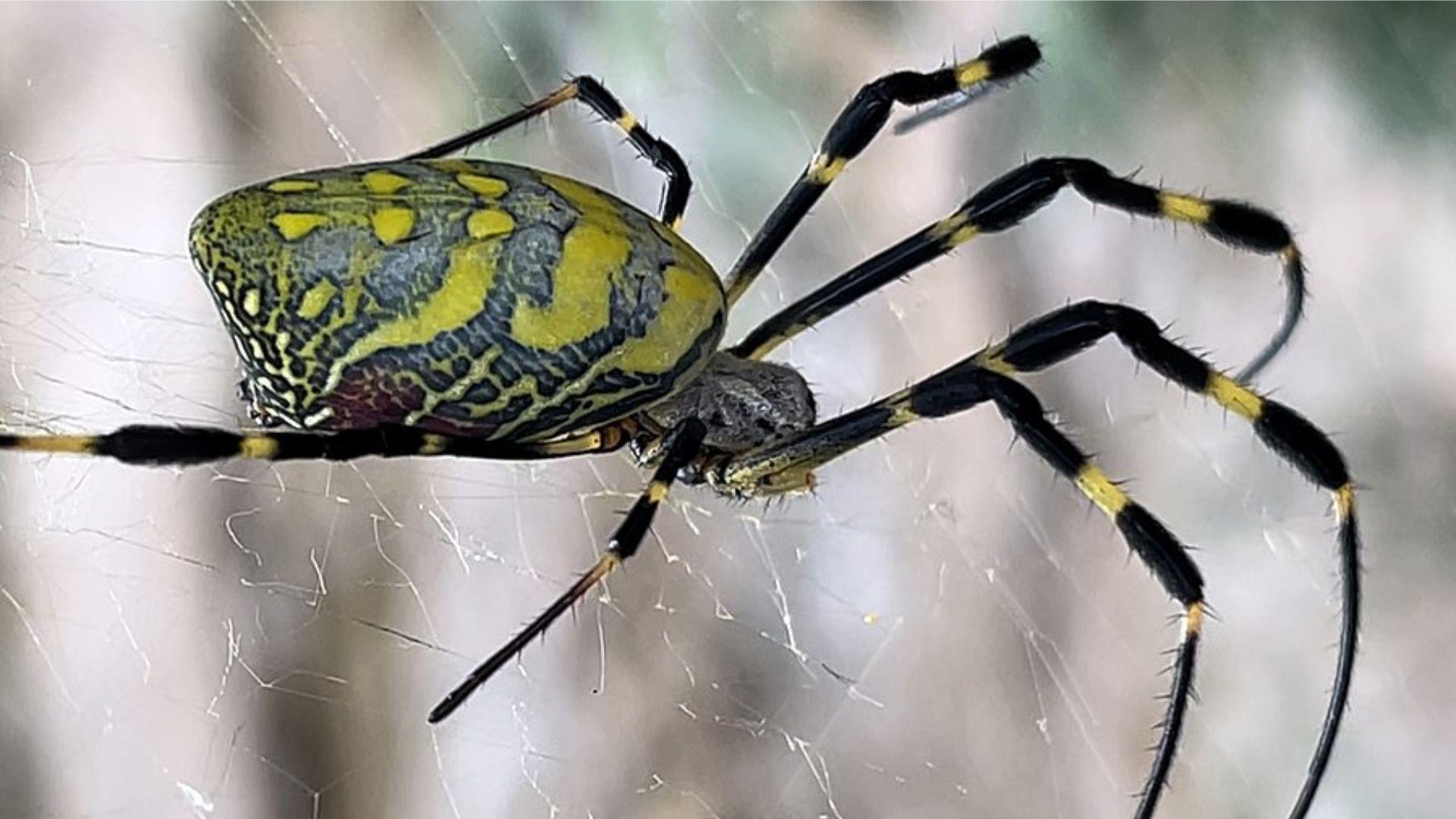
The outbreak of Mormon crickets caps off a big month for bug news – with previous reports this June about an outbreak of “flying spiders”.
The Joro spiders shoot threads in the air that carry them to new places. However, the Joro outbreak so far is contained to the East Coast – the opposite side of America than that being hit by the crickets.

